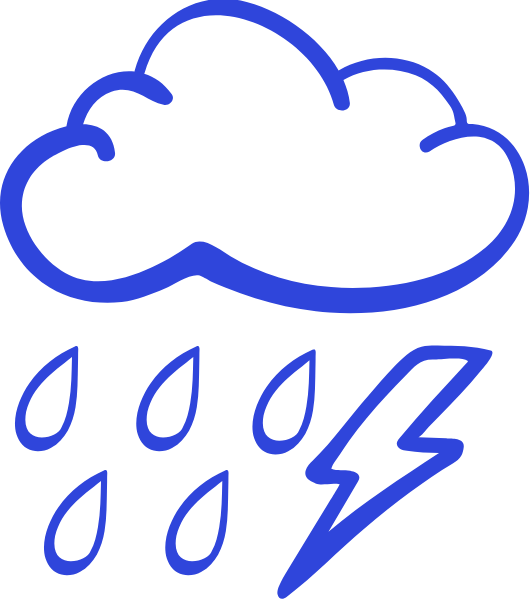Is Stormwater Regulated?
Yes, in the United States (US) according to the Clean Water Act (CWA) stormwater is regulated. The CWA prohibits anyone from discharging “pollutants” through a “point source,” which is any discernible, confined and discrete conveyance, such as a pipe, ditch, channel, tunnel, conduit, discrete fissure, or container. It also includes vessels or other floating craft from which pollutants are or may be discharged into the “waters of the US,”which is navigable waters, tributaries to navigable waters, interstate waters, the oceans out to 200 miles, and intrastate waters which are used: by interstate travelers for recreation or other purposes, as a source of fish or shellfish sold in interstate commerce, or for industrial purposes by industries engaged in interstate commerce.
The US Environmental Protection Agency (EPA) under the CWA, known as the National Pollutant Discharge Elimination System (NPDES) program regulates stormwater discharge of pollutants to the waters of the US.
The EPA’s NPDES stormwater program regulates water discharges from three potential sources: municipal separate storm sewer systems (MS4s), construction activities, and industrial activities.
Operators of these sources are required to obtain the NPDES permit from EPA before they can discharge stormwater. This permitting mechanism is designed to prevent stormwater runoff from washing harmful pollutants into local surface waters.
